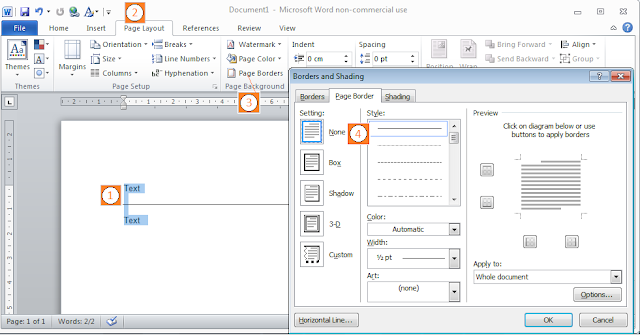

Shows the document as it will look when printed, including the page borders, margins, headers and footers, columns, and frames that contain images. Shows the document's structure and allows you to rearrange text by dragging headings. Shows text formatting in a simplified page layout that lends itself well to most standard writing tasks.

You can select from Normal, Online Layout, Page Layout, Outline, Notebook Layout, and Master Document views. Changing viewsĬhanging the layout often requires that you view a document in different ways. They'll be referred to throughout the chapters in Part II of this book.įigure 3.1 The Word window. If this is the first time you've used Word, you should start by familiarizing yourself with the Word window and its components ( Figure 3.1). Other chapters in Part II explain document and text formatting, how to include images in your Word documents, designing tables, and employing more advanced features to create professional-looking documents for use in home, school, and business. While you can get along fine without mastering the material in this chapter, having a familiarity with it will make your Word experience more productive. However, because many of these features and techniques are common to all Office applications, they've already been discussed at length in Chapter 1.Įxpanding on the material in Chapter 1, this chapter covers additional elementary features that are specific to Word. Normally, the first chapter in a Part covers a program's basic features, such as how to create, open, and save documents, edit text, and the like. Once the steps above are followed, the next time Microsoft Word opens, you should not see the Office task pane.For more information on Microsoft Office, visit our Microsoft Office Newsletter.

Highlight it, and press the Delete key to delete this registry key.


 0 kommentar(er)
0 kommentar(er)
